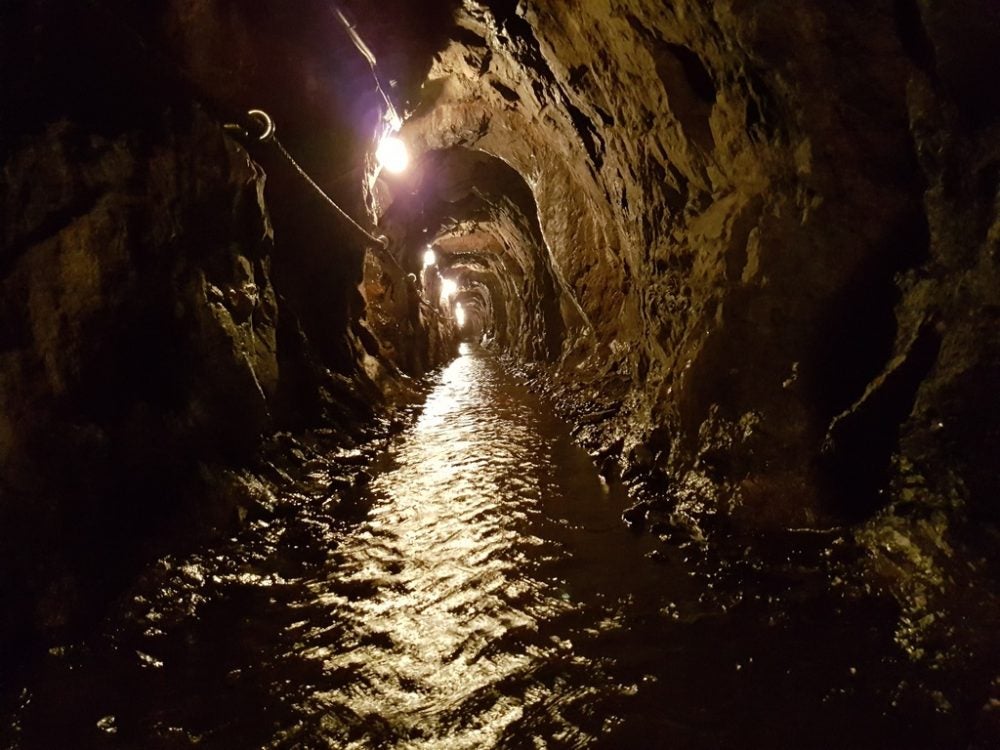
For many, coal pits represent a relic of Britain’s industrial past – but a number of mine water renewable energy projects could signal their central role in future decarbonisation.
There were more than 1,300 deep mines in the 1950s but since the last colliery closed in 2015, scientists have studied whether the water – warmed via geothermal processes – that has flooded them could be pumped to the surface for heating homes and other buildings in communities.
Several schemes aiming to do just this are now coming to fruition as part of low-carbon ambitions for housing developments.
In 2018, the Coal Authority said there could be more than two million gigawatt-hours (GWh) of low-carbon heat in the UK’s mines – enough to heat 180 million homes.
And with an estimated nine million homes – a quarter of the UK – estimated to be sitting on coalfields, the legacy of an industry that powered the British economy for more than a century, there are high hopes for using it as a new resource that will go to great lengths in decarbonising heat.
How do abandoned mines product heat?
Mine heat is a renewable energy source that is constantly replenished from the earth’s geothermal processes.
The British Geological Survey says energy companies can tap into huge amounts of water that has flooded shafts and tunnels in abandoned pits.
It says: “Heat pumps, which work in much the same way as fridges, can be used to ‘concentrate’ heat energy from lower temperature waters in the mines to make water hot enough to heat buildings.
“The heat can then be removed and used to warm houses and offices.”
Mine water energy projects in the UK
South Seaham Garden Village
Some 1,500 homes being built at South Seaham Garden Village, in County Durham, will be heated by low-carbon energy produced in the coal mines on which they sit.
The development, which will consist of 50% affordable homes, is planned for construction next to the Dawdon Colliery, which was open from 1907 to 1991.
At its 1925 peak, 3,892 workers produced more than a million tonnes of coal annually in the pit.
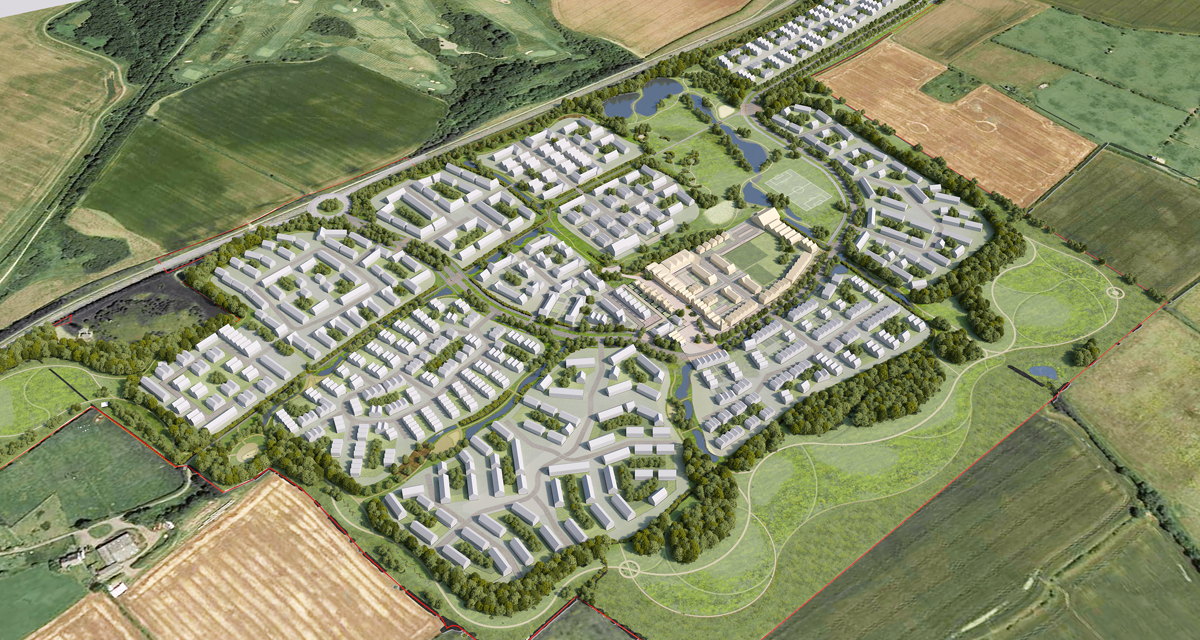
The nearby “Blast Beach” – a former waste coal dumping site – was used in the opening scenes of the 1992 film Alien 3, but the area could soon be known for hosting the UK’s first large-scale mine energy district heating scheme.
If the February 2020-announced project is given the go-ahead upon completion of surveying work, it will pump geothermally-heated water extracted from the abandoned flooded mine network into the new community’s heat network.
The water is already treated using technology that’s capable of pumping 100 to 150 litres of mine water per second to the surface in order to prevent it from contaminating drinking water, and geothermal processes mean it can provide a continuous supply of water at between 18C and 20C regardless of seasonal variations.
The Coal Authority – which is collaborating with Tolent Construction and Durham County Council – says this could create six megawatts (MW) of low-cost, low-carbon sustainable energy that may be cheaper than conventional gas supplies.
Gateshead district energy scheme
Gateshead Energy Company, which operates the Tyneside town’s district energy scheme, will install 5.5km of new pipes supplying an extra 12 gigawatt-hours (GWh) of heat to a selection of properties to the east of Gateshead by 2030 after receiving public funding.
The £5.9m grant to the energy company’s owner Gateshead Council, confirmed in May 2020, will enable the new project, which aims to heat up to 1,250 new private homes, a care home, Gateshead International Stadium and other council-owned buildings in nearby Felling.
A 6MW mine water source heat pump will be installed to provide geothermal heat, displacing gas boiler-generated heat.
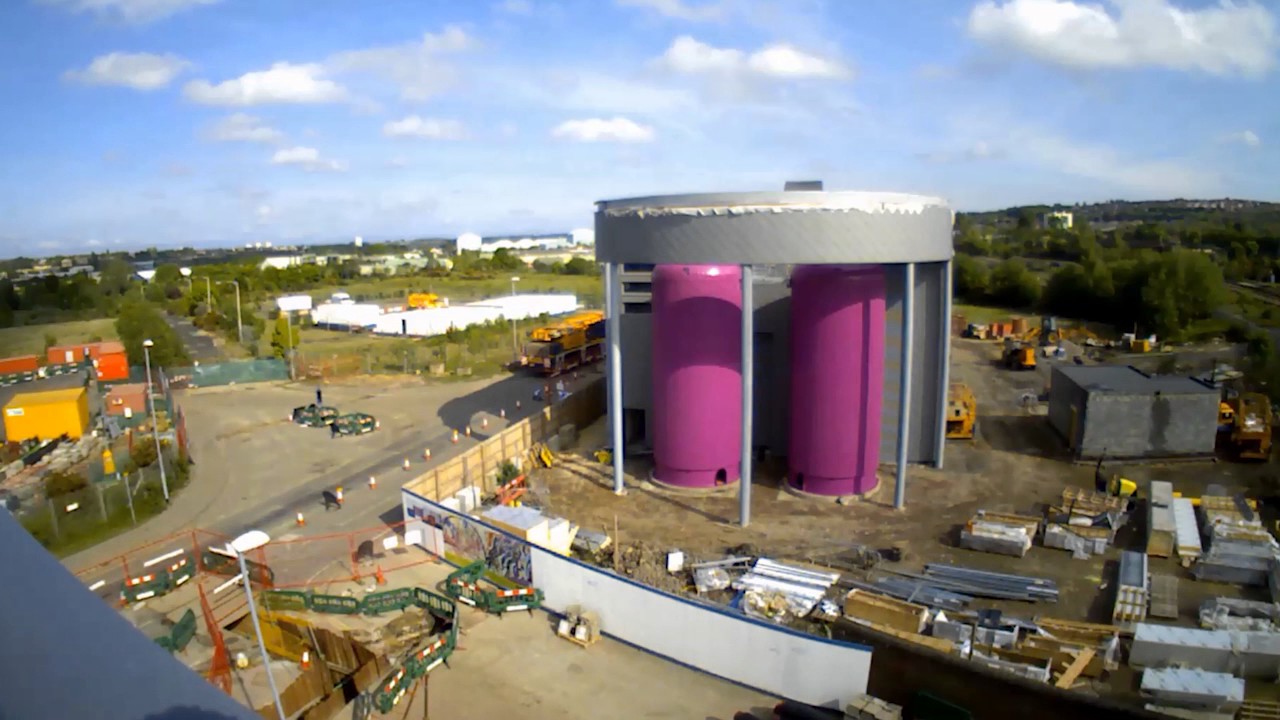
It also means the company can reduce its reliance on a 4MW gas-fired combined heat and power plant for generating heat by reducing its operating hours.
The council’s member with responsibility for energy John McElroy said the project would exploit an “abundant untapped heat source”.
“There must be hundreds of miles of abandoned mine workings beneath Gateshead and many of them are flooded providing access to a sustainable source of heat, so there is huge scope for more initiatives like this,” he added.
Caerau Colliery, Bridgend
Water heated by the earth to about 20.6C will be pumped from a depth of 230m to heat homes in Bridgend, Wales.
The largely publicly-funded £9.7m scheme will extract the water from the former Caerau colliery, which operated from 1889 to 1979.
About 2,000 people worked in the steam coal pit and another 340 worked at the house coal pit in 1923.
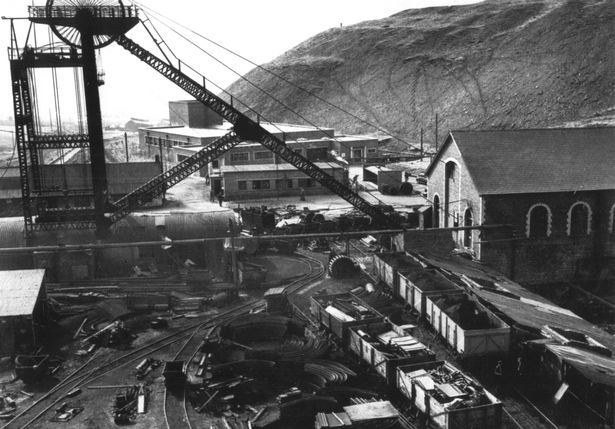
The renewable energy project will pump water through a heat exchanger unit, a device the size of a fridge that is fitted in people’s homes, and a heat pump that warms the water used in central heating.
It is then pumped back underground so it can heat back up and be recycled.
Before the coronavirus pandemic, construction work was expected to begin in 2020 with the first 150 homes being heated by winter 2021.
There are hopes it could eventually heat 1,000 homes and help cut energy bills in what is claimed to be Wales’ fifth most deprived ward.
It’s estimated the average household could save £100 a year, while the integration of solar PVs and energy storage could reduce grid electricity also used for heating.
Glasgow mine workings scheme
The British Geological Survey (BGS) is working alongside Glasgow City Council to explore potential heat within mine water, superficial deposits and bedrock aquifers lying beneath the Scottish city.
Its studies will look into using lukewarm water at 12C that naturally flooded a deep coal mine to warm homes and buildings, helping Glasgow to ensure 11% of heat demand comes from renewable sources by the end of this year.
But the BGS actually believes its studies to date suggest 40% of the city’s heat could be provided in this way.
“Glasgow’s miners may have left an invaluable inheritance – a renewable and very green way of heating, and even cooling, the city,” it says.
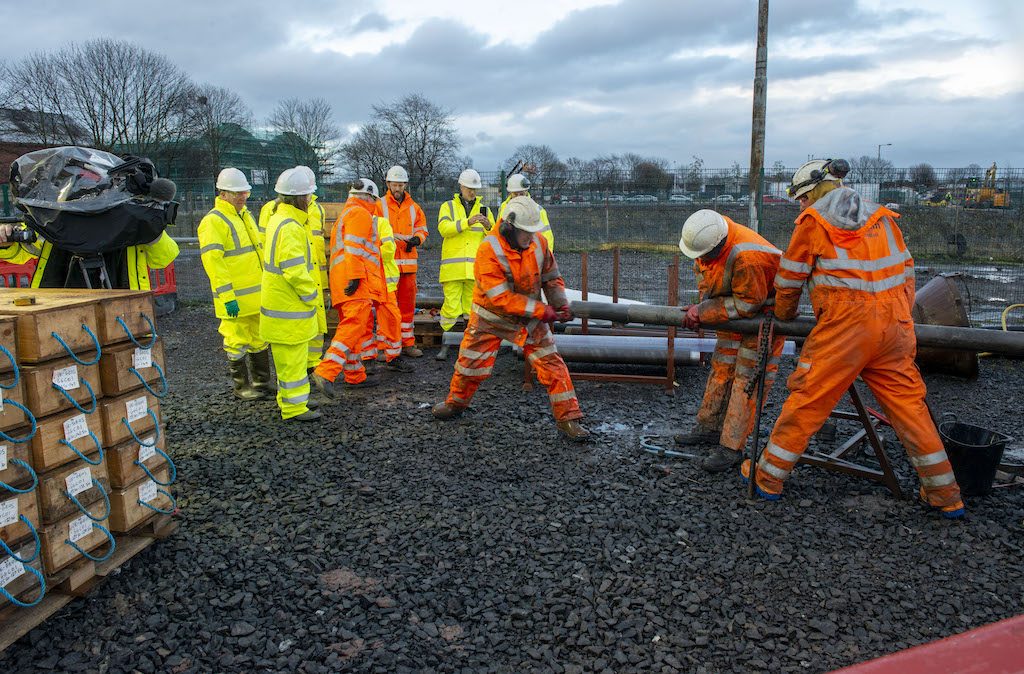
“During summer, when buildings like hospitals need to be kept cool, the system can be reversed; the excess heat is stored underground for use in the winter.”
The ongoing £9m study – part of the government-backed £31m UK Geoenergy Observatories Project to develop new sustainable energy technologies – builds on a small scheme in east Glasgow’s Shettleston district, where 17 houses have been warmed by mine water for 10 years.
Scientists have drilled 12 boreholes to varying depths in Rutherglen’s Cuningar Loop – the site of the former Farme Colliery, which closed in 1921 – and Dalmarnock Colliery to investigate the potential of the trapped mine water.
Measurements such as temperature, water movement and water chemistry have been collected. Changes over time will be monitored and the data will help the researchers understand how much of the disused network of mines stretching from Glasgow to Lanarkshire remain interconnected.






